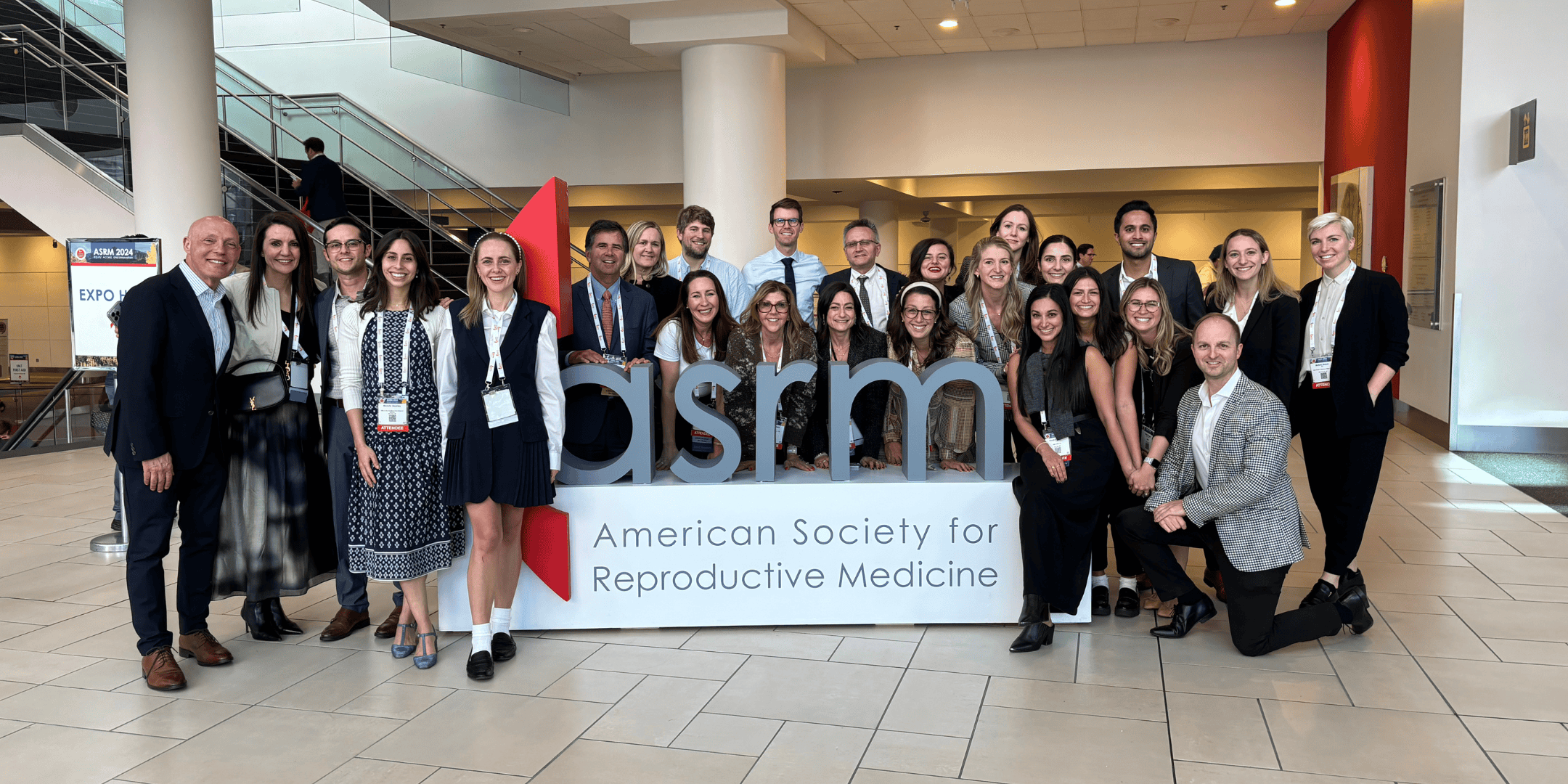ASRM 2024: Another Inspirational Meeting of Reproductive Endocrinology and Infertility

The 2024 Annual Meeting of the American Society for Reproductive Medicine took place in Denver, Colorado last month. As is the case every year, the meeting was full of thought-provoking and groundbreaking research that advance the field of Reproductive Endocrinology and Infertility.
Reproductive Medicine Associates of New York contributed 29 original presentations, one of the highest number of abstracts from a single center, possibly the highest, which is the result of our unwavering commitment to the advancement of our field.
The meeting started with a very exciting plenary that presented groundbreaking research in early human embryo development. The authors followed the human fertilized egg from the 2-cell stage onward to understand which stage of development segregation of embryonic cells starts. Very briefly, by day 5 of development, the embryo achieves the blastocyst stage, when the part of the embryo that will form the baby and the placenta can be differentiated by visualization under the microscope. The authors elegantly showed that the fate of the part that will form the baby is sealed at 2-cell stage of development, as soon as the fertilized egg divides. The part that will form the baby comes only from one of these cells, while the placenta is formed by contribution from both cells. These findings have many implications from understanding the cause of lack of development of different parts of certain embryos to possibly early interventions to help improve the IVF outcomes.
As I mentioned earlier, RMA of New York had a significant presence at the meeting with 29 presentations. One of oral presentations, made by our own OB-GYN resident, Dr. Rebecca Zhuo, studied the effect of double embryo biopsy on early pregnancy hormone bHCG levels. The embryo biopsy is performed to test the embryo for chromosome numbers. Relatively rarely, there may not be any result from the first biopsy so a second biopsy may be indicated to test the full chromosome complement of the embryo. In our study, we showed that, during the pregnancies from embryos that are biopsied twice, the bHCG levels are significantly lower compared to pregnancies from unbiopsied or once-biopsied embryos, but these pregnancies can still result in live births.
Similarly, RMA of New York’s third-year fellow, Dr. Keri Bergin, presented an oral abstract her findings on the outcome of late maturing frozen-thawed eggs. Following egg retrieval for egg freezing, not all eggs that are retrieved are mature. The ones that are immature are kept in the dish with the hope that some of them may mature in the dish within the next 24 hours, and, hence, increase the chances that a patient may eventually achieve her desired family size in the future. Dr. Bergin demonstrated that those late maturing oocytes are capable of turning into genetically normal blastocysts and she was awarded with a prize paper by the Fertility Preservation Special Interest Group.
There were many other ground breaking research and new findings at the meeting, both from RMA of New York and from other groups around the world. Although the meeting just finished, we are fully energized with inspiration, and have already started brainstorming for the next year’s meeting. We can’t wait!
To review all of the abstracts presented at ASRM 2024, click here.
